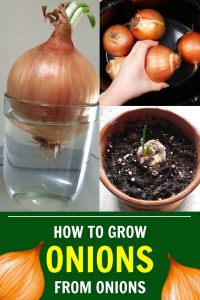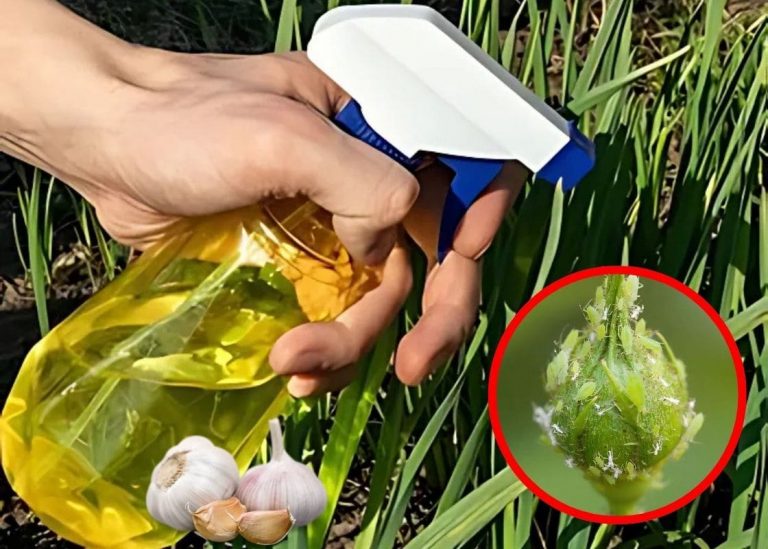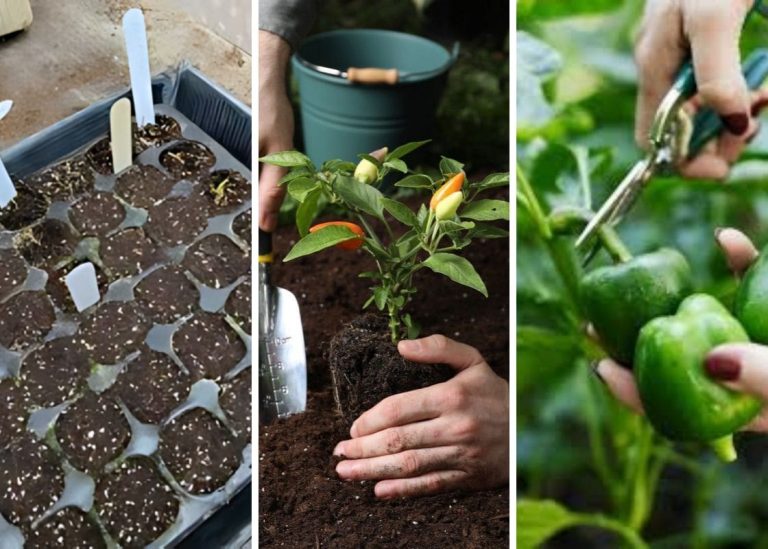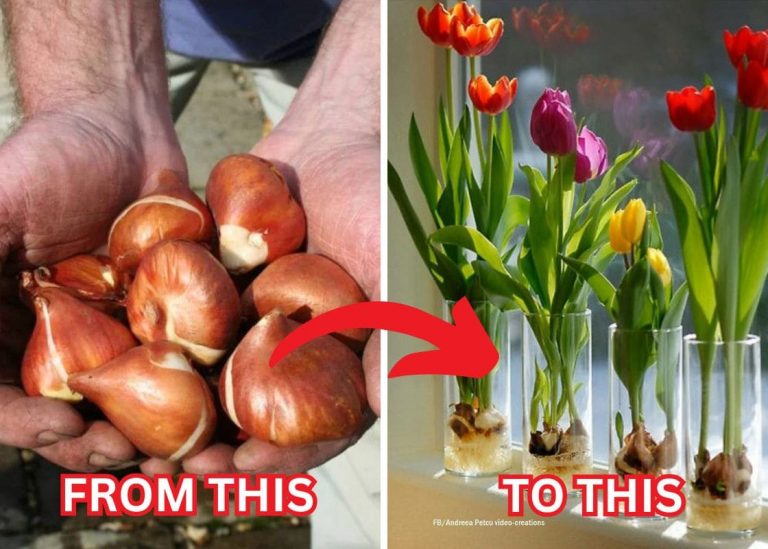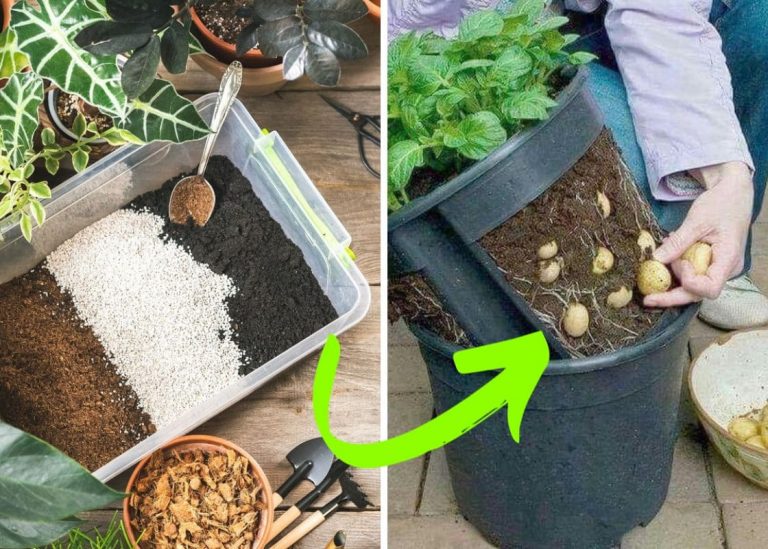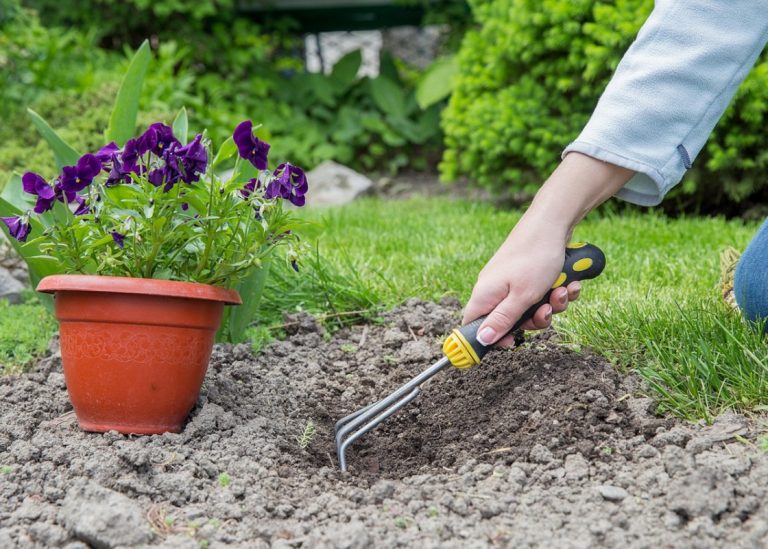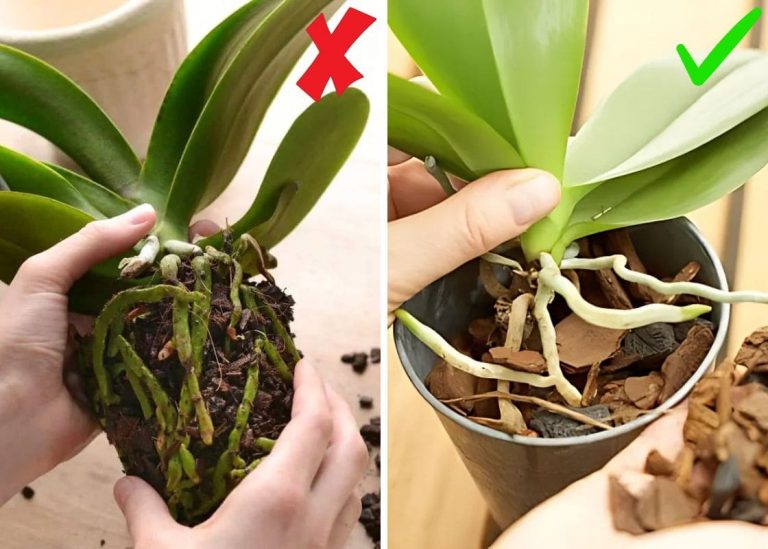Step-by-Step Guide On Growing Onions from Onions
One rainy afternoon, while digging through my pantry for garlic, I came across an old onion I’d completely forgotten about. The skin had dried into delicate, papery layers—but what caught my eye was the pale green shoot curling out of the top like a question mark. It looked alive, like it was trying to reach for something.
I held it in my hand for a long moment, thinking how many times I’d thrown onions like this away without a second thought. But this time, I felt something different—an odd little tug in my heart. Maybe it was the quiet of the storm outside, or the season’s first signs of spring, but I couldn’t toss it. I placed it on the windowsill instead, not expecting much.
What happened next wasn’t dramatic. No miracle growth overnight. No Instagram-worthy sprouting frenzy. But day by day, that little shoot grew taller, a green promise unfolding quietly in the corner of my kitchen. Watching it became a new kind of joy—small, steady, and deeply personal.
That’s the moment I realized gardening doesn’t always have to start with seeds, or tools, or a plan. Sometimes, it begins with something forgotten. Something humble. A second chance.
This is the story of how I now grow fresh onions—not from seed packets, but from my kitchen scraps. And more than that, it’s a story about paying attention, slowing down, and learning to love the gentle rhythm of regrowth.
Choosing the Right Onion: Let the Plant Show You It’s Ready
Years ago, I used to pick any onion I had lying around, toss it in some soil, and hope for the best. Most of the time, it didn’t go anywhere. That’s when I learned: some onions are willing, some just aren’t.
Now, I treat this like matchmaking. I look for onions that feel firm in my hand, like they’re still holding on to something. A little sprout poking from the top? That’s like a green flag waving, saying, “Pick me!”
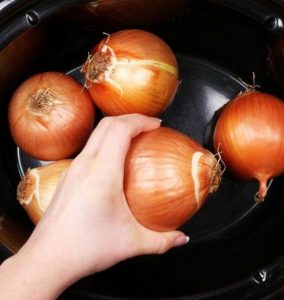
One thing I never skip now: checking if it’s been treated. Most conventional onions are coated with anti-sprouting chemicals. Organic ones? They’re freer, eager to live again. That’s who I want in my garden. I’ve come to realize that choosing the right onion is like choosing friends—you want the ones who show up ready.
Preparing the Onion for Planting: Two Simple Starts, One Gentle Touch
The first time I tried cutting the bottom off an onion to plant, I did it too fast. Rushed it, shoved it in dirt, and wondered why it rotted. I learned later—it needed to dry, just a bit. Like anything, even plants need a moment to breathe before starting again.
Now I slice off about an inch from the base and let it sit on the counter for a few hours, sometimes overnight. It feels like giving it a moment of rest before the work of growing.
When I use sprouted onions, it’s like peeling back layers of potential. Gently separating each shoot, making sure roots cling to the base. The way those pale green cores curl together—it always reminds me of tiny hands reaching out.
This step, for me, is sacred. It’s the moment I help the plant become many. One onion, split into parts, each with its own chance to thrive. It’s the kind of quiet magic gardening teaches us if we’re paying attention.
Rooting the Onion in Water (Optional)
When I need a head start—especially in colder months—I root onion bases in water before planting.
Instructions:
-
Place the root end in a shallow dish with just enough water to cover the roots.
-
Keep in a bright spot like a sunny windowsill.
-
Change the water daily to keep it fresh.
-
In 3–5 days, white roots will begin to grow.
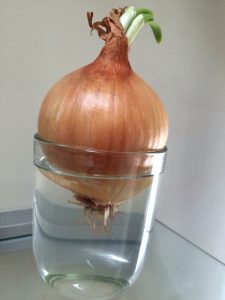
Once the roots are ½ inch or longer, you can move them to soil. Watching those tiny white strands stretch and multiply is one of my favorite garden rituals.
Planting the Onion in Soil
I’ve found that onions grow best in loose, well-draining soil. They don’t like sitting in water, so I mix potting soil with a bit of sand or compost to improve drainage.
If I’m growing onions indoors, I use a deep pot with drainage holes to prevent soggy roots. For outdoor planting, I choose a sunny spot in my garden and loosen the soil before planting.
I plant the onion root-side down, covering it with about an inch of soil. If I’m planting sprouted sections, I space them a few inches apart to give them room to grow.
Once planted, I water the soil gently, keeping it moist but not soaked. Onions need consistent moisture to grow, but overwatering can cause rot.
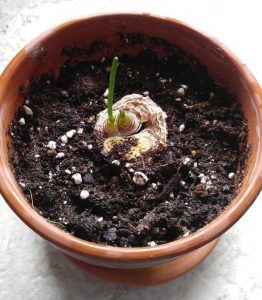
Caring for Growing Onions
Onions are pretty low-maintenance, which is one of the reasons I love growing them. As they grow, I keep a few things in mind:
- Sunlight: Onions love sunlight. I make sure they get at least 6–8 hours of direct sun daily. If I’m growing them indoors, I place the pot near a bright window or use a grow light.
- Watering: I water my onions about twice a week, or whenever the top inch of soil feels dry. If the weather is particularly hot, I water more often.
- Feeding: Every few weeks, I add a little compost or a balanced fertilizer to give them a nutrient boost. This helps produce larger, healthier onions.
- Thinning: If the onion sprouts were planted close together, I thin them out once they’re a few inches tall. This gives the remaining plants more space to grow.
Harvesting and Regrowing Again
There’s this unexplainable joy in pulling up something you grew from kitchen scraps. I remember the first time I harvested an onion I’d regrown—it wasn’t big, barely bigger than a lime. But I held it like treasure.
When the tops begin to yellow and droop, I know the underground work is done. I tug gently, brush off the soil, and let the bulbs cure in a shaded spot for a few days. This curing step, I’ve learned, helps the onions store longer and taste better. I’ve skipped it once—regretted it fast.
The best part? I always save one to start the cycle again. It’s become my little ritual. Each new planting feels like a quiet promise to myself that there’s always more life to grow, even from leftovers.
Onion gardening is no longer just a gardening tip—it’s a personal rhythm, a loop of care and renewal that I’ve grown to love deeply.
Final Thoughts: From Waste to Wonder
There’s something comforting about giving life to what others might throw away.
In my garden, the onions are more than food. They’re a quiet ritual, a gentle reminder that growth often begins when something seems past its prime. I’ve shared sprouted onion starts with neighbors, brought extras to the community garden, and taught my nieces how to regrow their own on the balcony.
So next time you spot a sprouting onion in your kitchen, don’t toss it. Give it a new beginning. Grow with it. Watch how something so small can become something so beautiful.
